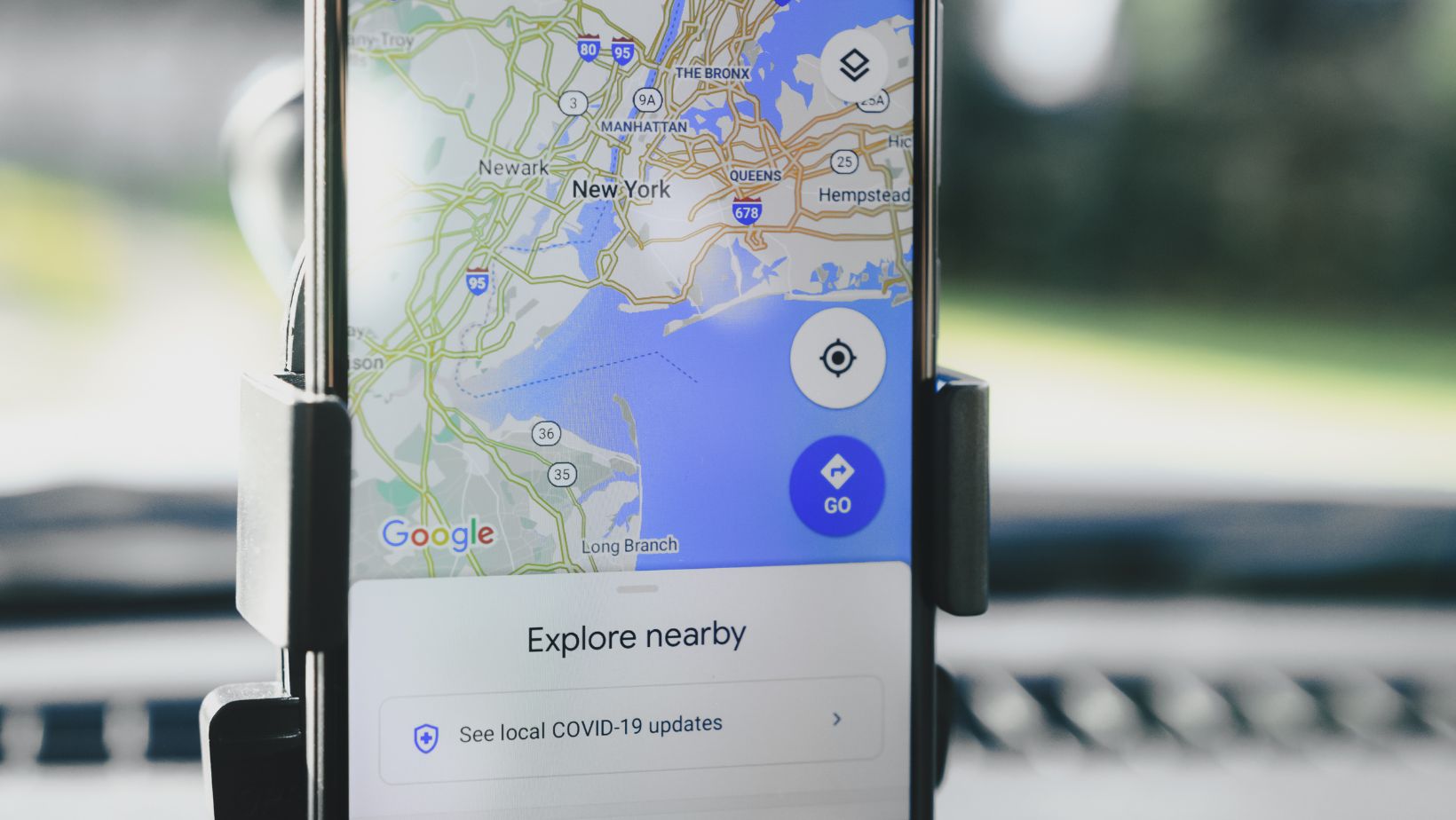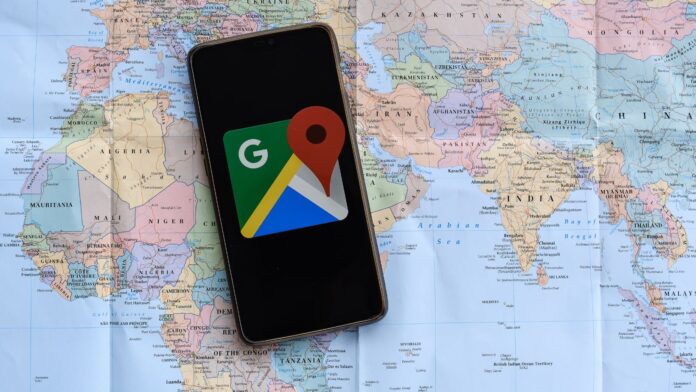Are you wondering how much data Google Maps uses on Verizon? Well, I’ve got the answer for you. When it comes to using Google Maps on your Verizon network, the amount of data consumed will depend on various factors such as the length of your trip, the number of map interactions, and whether or not you’re also using other apps simultaneously.
On average, streaming maps with turn-by-turn directions for an hour can use up approximately 100-200 MB of data. However, keep in mind that this is just a rough estimate and actual usage may vary. It’s always a good idea to monitor your data usage through your Verizon account or by using their mobile app.
If you want to minimize data consumption while still utilizing Google Maps, there are a few tips you can follow. Firstly, make sure to download offline maps before heading out so that you can access them without an internet connection. Additionally, try connecting to Wi-Fi networks whenever possible to avoid using cellular data.
How Much Data Does Google Maps Use on Verizon
Google Maps has become an indispensable tool for navigation and exploring the world around us. But have you ever wondered how much data it actually uses, especially when you’re using it on your Verizon network? Let’s dive into understanding Google Maps data usage to shed some light on this matter.
- How does Google Maps use data?
When you use Google Maps, it relies on a constant stream of data to provide you with accurate maps, real-time traffic updates, and other features. Here are a few key factors that contribute to the data usage:
- Map Downloads: Whenever you load a map or zoom in/out, Google Maps needs to download the necessary map tiles. The amount of data required depends on the size of the area being displayed and the level of detail.
- Traffic Updates: To keep you informed about traffic conditions, Google Maps continuously fetches real-time traffic information. This can include road closures, accidents, or congestion details that require additional data.
- Satellite Imagery: If you switch to satellite view or explore Street View in Google Maps, it will need to download high-resolution imagery. This can consume more data compared to standard map views.
- Estimating Google Maps Data Usage
The exact amount of data used by Google Maps can vary based on several factors such as your activity within the app and the length of time spent using it. However, here’s a rough estimate to give you an idea:
- Basic Usage: On average, using Google Maps for basic navigation purposes like searching for directions and viewing maps typically consumes around 5MB per hour.
- Extended Usage: If you frequently use additional features like satellite view or explore Street View extensively during your journey, expect higher data consumption ranging from 20MB to 50MB per hour.
In conclusion, while Google Maps is a fantastic tool for navigation and exploration, it’s important to be mindful of its data usage. By understanding how it utilizes data and implementing some smart practices, you can make the most out of your Verizon network without worrying about excessive data consumption.

Optimizing Google Maps Data Usage on Verizon
When using Google Maps on your Verizon device, it’s important to optimize your data usage to ensure a smooth and efficient experience. Here are some tips to help you minimize the amount of data consumed while navigating with Google Maps:
- Download offline maps: One of the most effective ways to reduce data usage is by downloading offline maps for the areas you frequently navigate. This allows you to access maps even when you don’t have an internet connection, saving both data and battery life.
- Use Wi-Fi whenever possible: Whenever you have access to a Wi-Fi network, it’s recommended to connect your device to save on cellular data usage. By connecting to Wi-Fi, you can download updates, search for locations, or plan routes without consuming your mobile data.
- Limit background app refresh: To conserve data while using Google Maps, make sure that background app refresh is disabled for the app on your Verizon device. This prevents unnecessary updates and location tracking when the app is not actively in use.
- Adjust settings for low-data mode: In recent updates, Google has introduced a “Wi-Fi only” mode in their settings which restricts map downloads and updates solely to Wi-Fi connections. Enabling this feature can significantly reduce your cellular data consumption.
- Avoid excessive zooming and panning: While exploring maps or navigating through routes, try not to excessively zoom in or pan around unnecessarily as this consumes additional data by loading detailed imagery and real-time traffic information.
By following these tips, you can optimize your Google Maps experience on Verizon devices while minimizing unnecessary data consumption. Remember that every user’s needs may vary depending on their usage patterns and preferences.


